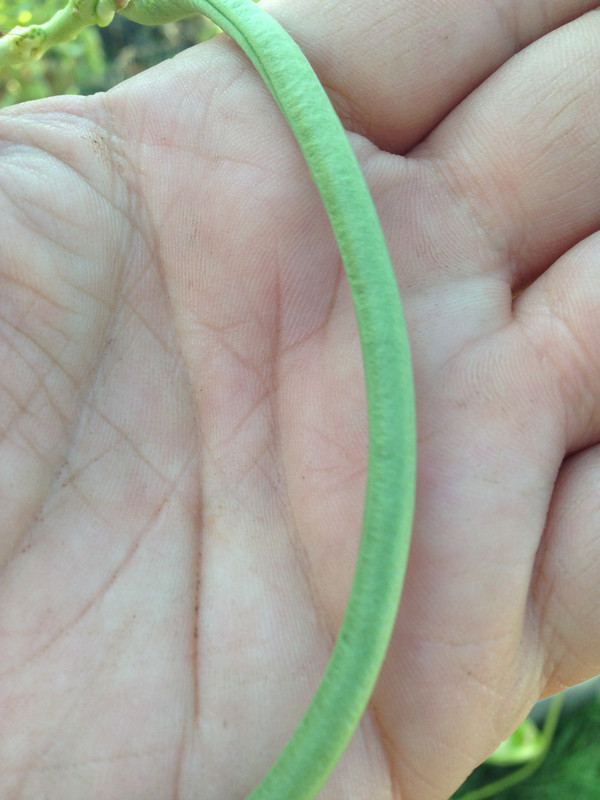- Thread starter
- #451
Blue-Jay
Garden Master
- Joined
- Jan 12, 2013
- Messages
- 3,429
- Reaction score
- 10,892
- Points
- 333
- Location
- Woodstock, Illinois Zone 5
In our fun with old seed catalogs we jump 25 years ahead to the 1950 Burpee Seed Catalog. The cover graphics looks like catalogs are now using photos. Photos on the interior pages are black and white photos. The bean line up had changed in 25 years. How many of these beans are still around? Some of them listed in this issue I grew last year in 2017.

"Bush Snap Beans"
Burpee's Tender Pod
Burpee's Stingless Green Pod
Giant Stringless Green Pod
Stringless Black Valentine
Longreen
Plentiful
Topcrop
Bountiful
Tendergreen
"Bush Dry Beans"
Michilite
Red Kidney
Great Northern
White Marrowfat
Dwarf Horticultural
French Horticultural
"Bush Wax Snap Beans"
Surecrop
Burpee's Brittle Wax
Cherokee Wax
Puregold
Rustproof Golden Wax
Burpee's Kidney Wax
Pencil Pod Wax
"Pole Snap Beans"
Kentucky Wonder
Kentucky Wonder Rust Resistent
Kentucky Wonder Wax
Golden Cluster Wax
Horticultural
Lazy Wife
McClasan
Scarlet Runner
Yard Long
"Bush Limas"
Burpee's Fordhook
Baby Fordhook
Fordhook 242
Burpee's Improved Bush Lima
Burpee's Bush Lima
Early Market
Triumph
Henderson Bush
Peerless
Thorogreen
Wood's Prolific
Long Pod
"Pole Limas"
Burpee's Big 6
Burpee's Giant Pod
Carolina
Florida Speckled
Burpee's Best
King Of The Garden
"Bush Snap Beans"
Burpee's Tender Pod
Burpee's Stingless Green Pod
Giant Stringless Green Pod
Stringless Black Valentine
Longreen
Plentiful
Topcrop
Bountiful
Tendergreen
"Bush Dry Beans"
Michilite
Red Kidney
Great Northern
White Marrowfat
Dwarf Horticultural
French Horticultural
"Bush Wax Snap Beans"
Surecrop
Burpee's Brittle Wax
Cherokee Wax
Puregold
Rustproof Golden Wax
Burpee's Kidney Wax
Pencil Pod Wax
"Pole Snap Beans"
Kentucky Wonder
Kentucky Wonder Rust Resistent
Kentucky Wonder Wax
Golden Cluster Wax
Horticultural
Lazy Wife
McClasan
Scarlet Runner
Yard Long
"Bush Limas"
Burpee's Fordhook
Baby Fordhook
Fordhook 242
Burpee's Improved Bush Lima
Burpee's Bush Lima
Early Market
Triumph
Henderson Bush
Peerless
Thorogreen
Wood's Prolific
Long Pod
"Pole Limas"
Burpee's Big 6
Burpee's Giant Pod
Carolina
Florida Speckled
Burpee's Best
King Of The Garden

